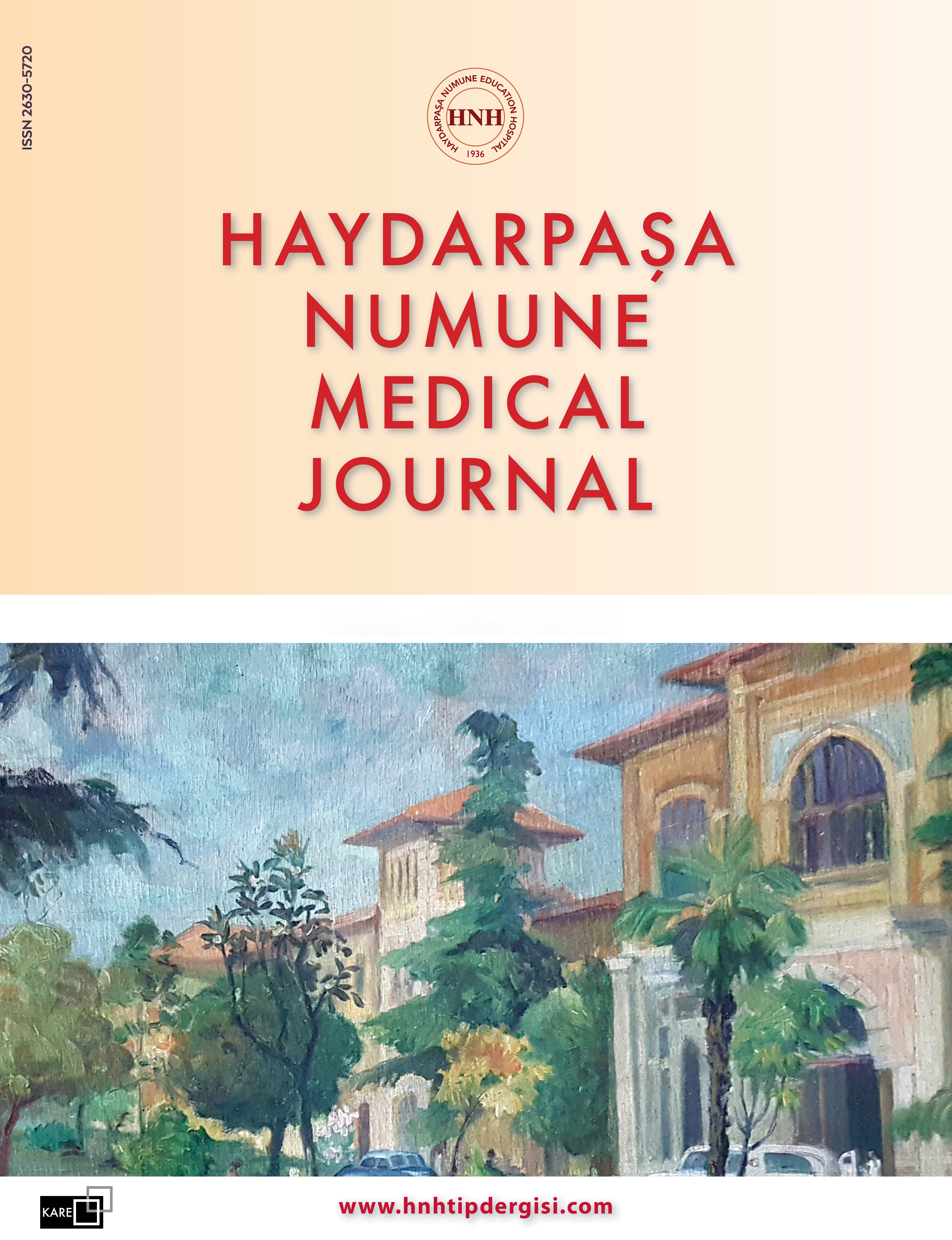Hospital-acquired Hyponatremia: Risk Factors and Outcomes
Zeynep Ece Demirbaş1, Gülizar Şahin2, Kadir Kayataş3, Mehmet Tepe3, Yasemin Özgür4, Seher Tanrıkulu5, Refik Demirtunç31Department of Internal Medicine, Dr. Siyami Ersek Thoracic and Cardiovascular Surgery Training and Research Hospital, Istanbul, Turkey2Department of Nephrology, Sultan Abdülhamid Han Training and Research Hospital, Istanbul, Turkey
3Department of Internal Medicine, Haydarpasa Numune Training and Research Hospital, Istanbul, Turkey
4Department of Internal Medicine, Kartal Dr. Lütfi Kirdar Training and Research Hospital, Istanbul, Turkey
5Department of Endocrinology, Haydarpasa Numune Training and Research Hospital, Istanbul, Turkey
INTRODUCTION: Hyponatremia is the most common electrolyte disorder. This study aims to specify the clinical and demographical features of the patients who have a hospital- acquired hyponatremia, to identify the risk factors and to analyze the effects of these factors on clinical outcomes.
METHODS: This study was conducted retrospectively over a one-year period between 2012-2013 at Haydarpasa Numune Research and Education Hospital on 133 patients who developed hyponatremia during the hospitalization for any kind of reasons. The clinical features of the patients, comorbid diseases, symptoms related to hyponatremia, pathophysiological causes of hyponatremia and treatments that could be related to hyponatremia were also identified and the relationship between all above and plasma sodium concentrations, hospital length of stay, also mortality was investigated.
RESULTS: Among the 133 patients (median age 69.0 years) included to this study whose length of stay was between 2 -150 days, according to minimum plasma sodium concentrations (median 125.0 mEq/L), the overall incidence of mild hyponatremia was 8.3%; moderate hyponatremia 46.6% and severe hyponatremia was 45.1%. It was observed that 33.8% of the patients developed symptoms related to hyponatremia and also 100% of the patients who developed coma were classified as severe hyponatremia. The ratio of normalized hyponatremia was 27.1% and the overall mortality was 28.6%. Mortality was 83.3% among the patients who developed coma (p=0.007) and 71.4% who had dementia (p=0.020).
DISCUSSION AND CONCLUSION: The findings showed that mortality rates were higher among the patients who developed coma, and who had dementia as a comorbid disease. We believe that this study will be a guide for further case-controlled, prospective studies that can explain the relationship between hospital-related hyponatremia and comorbid diseases.
Manuscript Language: English
















